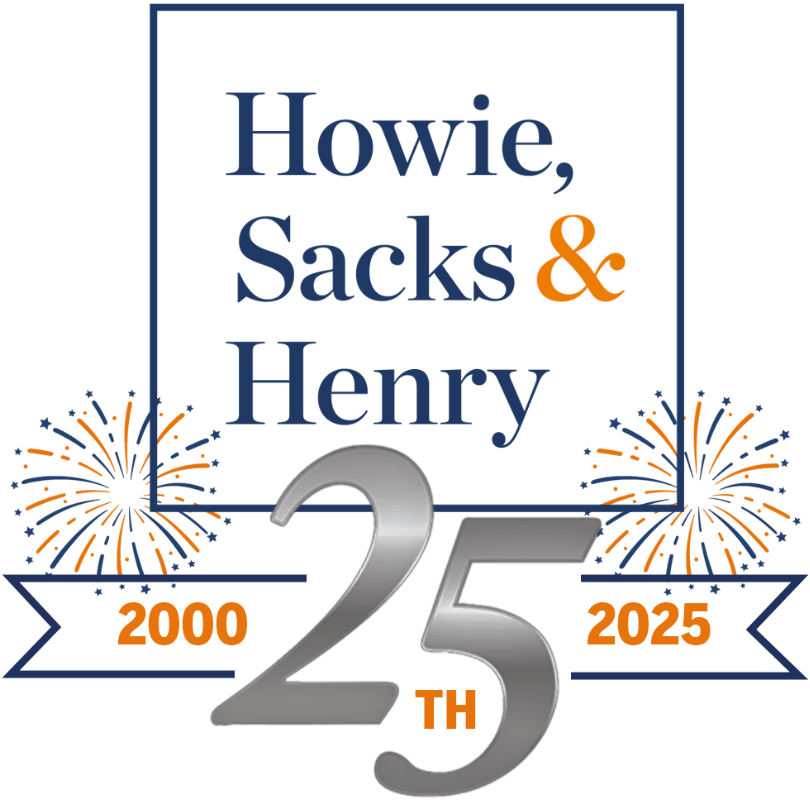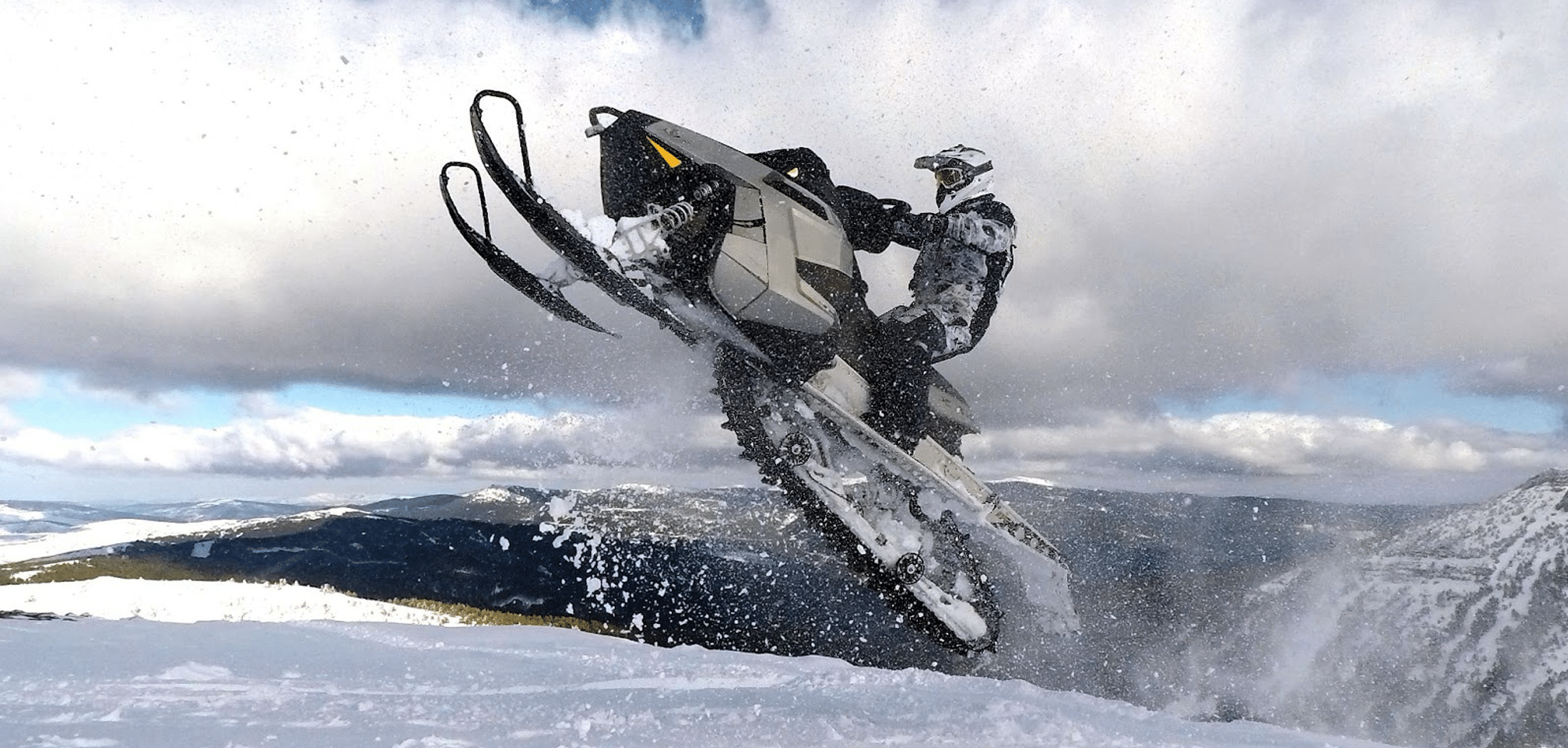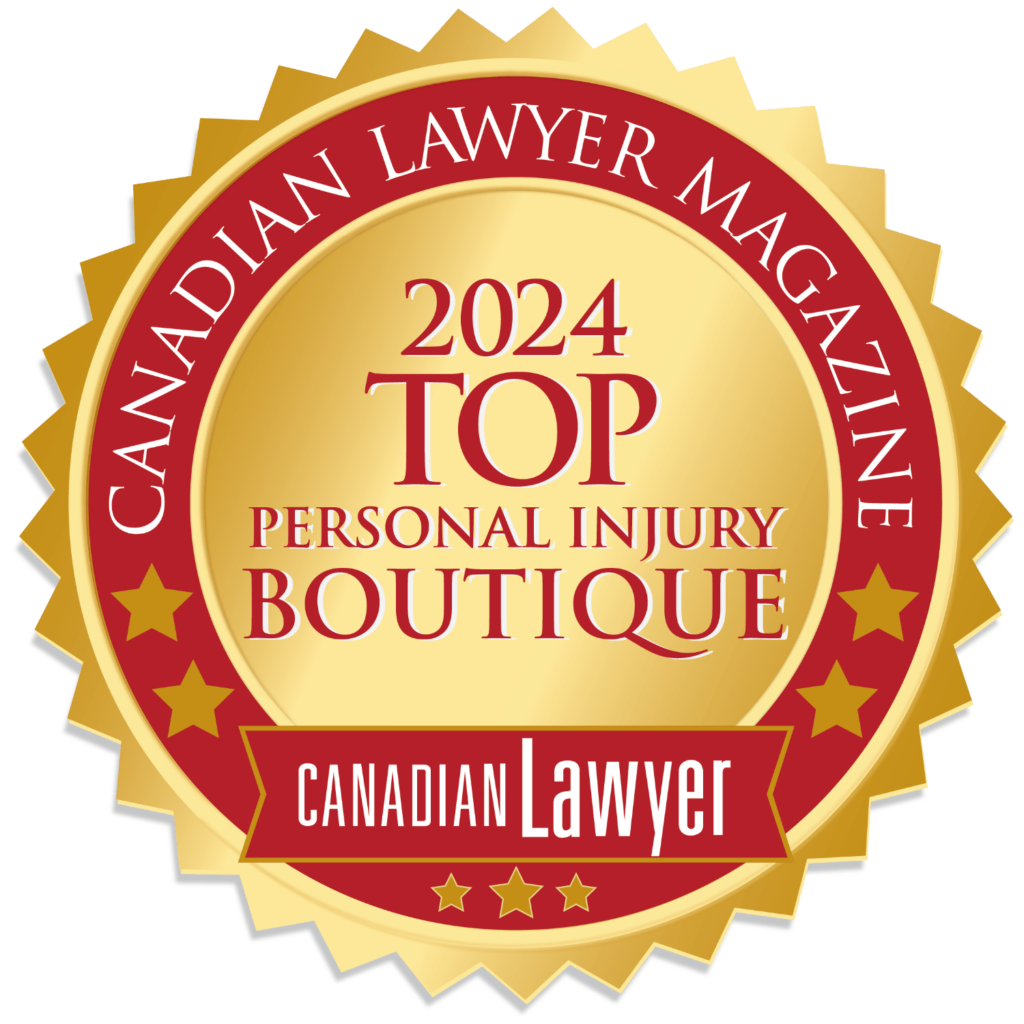Each winter, as they take to Canada’s trails, frozen lakes, and roadways, more than half a million snowmobilers prove that you’re never too old to play in the snow. But participating in this popular recreational activity is not without its risks.
There are safety precautions snowmobilers can take to improve their odds of completing their tips without incident. Yet each year hundreds of Canadians are hospitalized from snowmobile accidents and thousands more sustain significant, life-altering injuries.
If you or a loved one have been seriously hurt in a snowmobiling accident, the knowledgeable, experienced, and skilled snowmobile accident lawyers at Howie, Sacks & Henry LLP can provide trusted legal advice that will help you understand your rights and explain your options for pursuing compensation for the harm you’ve suffered.
Healing from a tragic accident can be a long and challenging journey. But at HSH LLP, Hope Starts Here. Contact us for a free, no obligation initial consultation and learn how we can help you. On the road to recovery, no one needs to travel alone.
Snowmobiling And The Law
A variety of provincial laws apply to owning and operating a snowmobile, including the Motorized Snow Vehicles Act, the Off-road Vehicles Act, the Occupiers’ Liability Act, Part X.3 of the Highway Traffic Act, Section 6 of the Motor Vehicle Accident Claims Act (the Statutory Accident Benefits Schedule or SABS), and Section 11 of the Trespass to Property Act.
These statutes and their regulations detail licensing, registration, insurance, and equipment requirements, driver obligations, speed limits on certain public roads and lands, and the applicable fines and/or sentencing guidelines for contraventions of these Acts or associated criminal offences.
Anyone with a valid Ontario’s driver’s licence (any class) is permitted to drive a snowmobile in the province. People who are 12 years of age or older and who do not have driver’s licence can drive on trails established and maintained by recreational organizations if they have a valid motorized snow-vehicle operator’s licence (MSVOL). However, only people 16 years or older (who hold either type of licence) are permitted to drive along or across public roads which allow snowmobiles.
Snowmobiles are permitted to travel at a maximum speed of 50 km/h on trails and/or roads where the posted speed limit is 50 km/h or greater. However, trail and road conditions often require drivers to reduce their speed. On roads where the speed limit is 50 km/h or less and in any public park or exhibition grounds, the maximum speed permitted is 20 km/h. It is important to remember that posted speed limits on roads are for other vehicles, not snowmobiles.
Other important legal requirements include:
- wearing a helmet (designed for motorcycles) when on a snowmobile or being towed behind it. Although this is not required when on private land, it is highly recommended.
- immediately reporting any collision that results in injury to any person or damage to property likely to exceed $400.
- stopping for police when requested.
- never operating a snowmobile while impaired by alcohol or drugs.
Snowmobile Accidents
Snowmobiling accidents are sometimes legally complex. If you are injured in a snowmobile accident, the location of the accident and other individual circumstances affect your ability to seek compensation and/or accident benefits. It is important to seek legal advice as soon as possible following an accident to ensure you understand and protect your rights – especially as the limitation period to claim accident benefits or make tort claims against government entities is very short.
Owners of snowmobiles are required to purchase insurance that provides access to Ontario’s no-fault Statutory Accident Benefits Schedule (SABS). The sole exception is for snowmobiles that are never driven off the owner’s property. Therefore, while most people injured in a snowmobile accident would be permitted to claim SABS if injured in an accident on either public or private property, anyone who is driving, riding, or otherwise injured by a non-insured snowmobile on private property would not be eligible to make an accident benefits claim.
It is recommended that all owners insure their snowmobiles, even if they are only used on private land. Proper insurance coverage not only protects drivers and riders who become seriously injured, but also shields the owner of a snowmobile from personal liability for damages from accidents. Failure to properly insure a snowmobile in accordance with the law also affects an owner’s ability to file a tort claim for damages.
If you were not not at fault for the accident, or only partially at fault, you may be able to file a lawsuit against the person(s) at fault, including a driver, the person or entity responsible for the property where the accident occurred, or the manufacturer of a defective vehicle or equipment. Tort claims are often necessary to provide financial security when SABS benefits are exhausted.
Injured persons (and/or certain members of their families) may sue for:
- medical expenses
- lost income
- future cost of care
- loss of companionship/guidance
- pain, suffering, and disfigurement
How Do Snowmobile Accidents Happen And Who Is Most Likely To Be Injured?
Studies of snowmobile fatalities have found that one in five of these accidents involve multiple vehicles, but the vast majority of deaths result from single-vehicle accidents. Of these, the most common types of accidents involve:
- collision with a stationary object
- submersion in a lake, river, stream or other body of water
- driver ejection from vehicle
- avalanche
- rollover
- other reasons
Research has also identified some common risk factors for serious or fatal accidents, including:
- alcohol and/or drug use
- excessive speed
- evening/night riding
- failure to wear a helmet
In a given year, snowmobile accidents account for about 3,000 emergency room visits. About one in 10 of these visits results in hospitalization. Riders aged 20-64 account for more than 80% of snowmobile fatalities, and men are far more likely than women to be hurt or killed. Most injured persons are drivers, and the vast majority of injured riders who seek treatment at hospitals were driving off highways at the time of the accident.
Common Snowmobile Accident Injuries
Fractures are the most common type of serious injury sustained in snowmobile accidents. One-third of emergency room visits, and more than half of hospitalizations from these accidents relate to this type of injury.
Other common types of snowmobile accident injuries requiring medical attention include:
- open wounds
- muscle/ligament tears, strains or sprains
- nerve/blood vessel damage
- crushed body parts
- intracranial injuries/traumatic brain injuries
- internal organ trauma
Generally, the upper extremities (arms, shoulders, hands) are the most commonly injured body parts seen in emergency rooms (about 30%), while people with trunk injuries (spine, pelvis, lower back, abdomen, and thorax) and lower extremities (legs, knees, ankles, feet) are most likely to be hospitalized at 38% and 29%, respectively.
Safety Tips When Snowmobiling
While not all snowmobile accidents are preventable, riders can reduce the risk of getting injured by:
- inspecting your snowmobile and ensuring it is in good working condition and gassed up
- wearing a helmet
- never travelling alone
- telling someone where you will be riding and when you expect to return
- restricting passengers to people over the age of 6 and never leaving children unattended near snowmobiles
- receiving safety instruction by a qualified instructor
- never towing a person behind the vehicle
- refraining from drinking alcohol or drugs before driving
- controlling speed
- paying attention at road crossings and ensuring you have adequate time to cross
- consulting the weather, avalanche bulletins, and carrying first-aid and safety equipment
- avoiding unknown terrain and never riding on private property without permission
- avoiding frozen bodies of water until official confirmation that ice cover is sufficient to support the weight of the vehicle
What Should I Do If I’m Injured In A Snowmobile Accident?
After any type of accident, your primary concern must be your own safety and the safety of others who are injured or may be hurt. Ensure you move to a safe location if the crash site is dangerous (roadways, ice-covered bodies of water) and immediately call for help.
Sometimes a person may be in shock after an accident and they may not be aware of the extent of their injuries. If you suspect someone has neck or spine injuries, it is best not to move the person until first responders arrive if possible. All people involved in an accident should be examined by medical professionals at the site of the accident or at a hospital or doctor’s office as soon as possible. Creating medical records of your injuries will be important for accident benefits claims and any future lawsuits.
If someone is able, take photos and videos of the scene of the accident, make notes about what you remember happening before the accident, and collect the names and insurance information of people involved in the accident. If you must leave the scene of the accident, find a way to clearly mark the location for future reference.
If police are called and ask questions, only provide factual answers to the best of your ability. Do not admit fault to anyone else present.
Contact an experienced snowmobile accident lawyer as soon as possible to arrange a free, no obligation initial consultation. A knowledgeable personal injury lawyer can provide valuable legal advice and help you understand the SABS application process, discuss possible compensation, and alert you to potential insurance issues.
We’re Here To Help
If you or a loved one have been seriously injured in a snowmobile accident, you may be overwhelmed by the many changes in your life and worried about what the injury could mean for your future. You should know that you are not alone. Howie, Sacks & Henry’s snowmobile accident injury team is here to answer your legal questions and to offer trusted advice as you consider your options.
But we pride ourselves on being more than just a source of information. When you contact us for a free, no obligation initial consultation, you’ll soon discover why so many of our past clients recommend our services. With empathy and great sensitivity, we treat you and your family with the respect and care you need and deserve as we offer to help in any way we can.
Recognized as one of Canada’s top ranked personal injury law firms, we have gained a strong reputation for getting results for our clients. Capable of handling even the most complex and challenging matters, HSH builds trial-ready cases that encourage insurers and defendants to make fair settlement offers.
A tragic snowmobile accident can change your life in a matter of moments. Trust the team at HSH LLP to be your tireless advocates and dedicated legal representatives as you work to rebuild that life and look confidently into the future. Contact us today.






